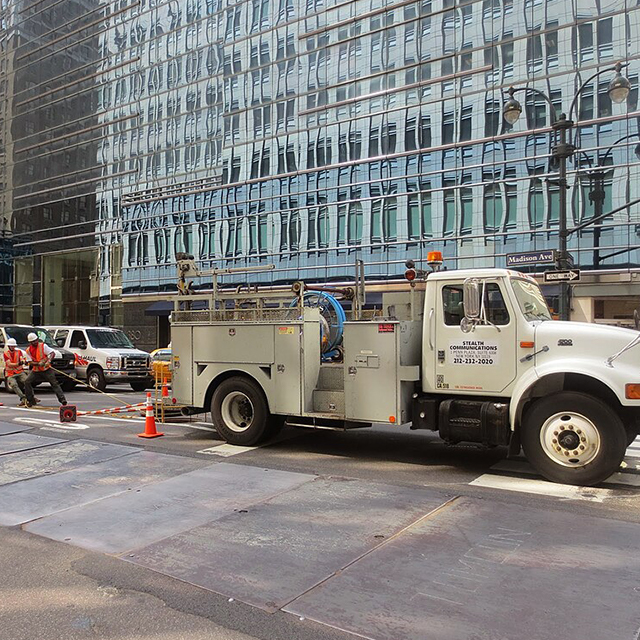Views: 0 Author: Site Editor Publish Time: 2025-10-14 Origin: Site

To understand the relationship and difference between FTTx and FTTH, we first need to clarify their basic definitions, then analyze their hierarchical connection and distinct characteristics from multiple perspectives.
1. Core Definitions: What Are FTTx and FTTH?
FTTx (Fiber to the X): It is a general term for a family of fiber-optic communication network architectures, where the letter "X" represents a "variable node" in the network. This node can be any location between the telecommunications service provider’s central office (CO) and end-users, such as a neighborhood, a building, a floor, or a home. In short, FTTx is an umbrella concept that covers all network solutions using fiber optics to extend closer to end-users.
FTTH (Fiber to the Home): It is a specific type of FTTx architecture, where the letter "X" is specifically defined as "Home". In an FTTH network, fiber-optic cables run directly from the service provider’s central office to the interior of a user’s home (e.g., a living room or study). This means the final "last mile" of the network—previously often using copper wires (like ADSL) or coaxial cables—is fully replaced by fiber optics.
2. The Relationship: FTTH Is a Subset of FTTx
The most critical relationship between the two lies in hierarchy:
FTTx is a broad category that includes multiple specific "Fiber to the..." solutions, and FTTH is one of its most advanced and user-centric subsets. To better understand this, we can list other common members of the FTTx family:
FTTB (Fiber to the Building): Fiber runs to the entrance of a residential or commercial building; internal connections (e.g., from the building’s distribution box to individual apartments/offices) still use copper wires or Ethernet cables.
FTTN (Fiber to the Node): Fiber reaches a "neighborhood node" (a small cabinet usually placed on the street); connections from the node to users’ homes rely on existing copper lines (shortening the copper segment compared to traditional ADSL).
FTTD (Fiber to the Desk): Common in offices, where fiber extends directly to the network port on an employee’s desk.
Among these, FTTH is the only architecture in the FTTx family that delivers fiber directly to the end-user’s home, making it the "final form" of FTTx for residential scenarios.
3. Practical Example to Illustrate
Suppose a telecom company wants to upgrade its network in a city:
For a remote suburban area with sparse population, it may choose FTTN (fiber to street nodes + existing copper to homes) to control construction costs—this is part of FTTx.
For a mid-rise residential building, it may use FTTB (fiber to building entrance + Ethernet to apartments)—also part of FTTx.
For a high-end residential community where users demand 1Gbps internet and 8K TV, it will deploy FTTH (fiber directly to each home’s living room)—this is both FTTx and the specific FTTH solution.
In summary, FTTx is a "category name" for fiber-optic access networks, while FTTH is a "specific type" of FTTx that targets home users with the highest performance. Understanding this relationship helps clarify why telecom providers often say "promote FTTx construction" (general plan) while emphasizing "popularize FTTH" (key goal for high-quality access).
